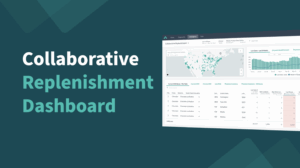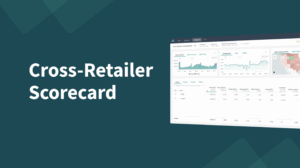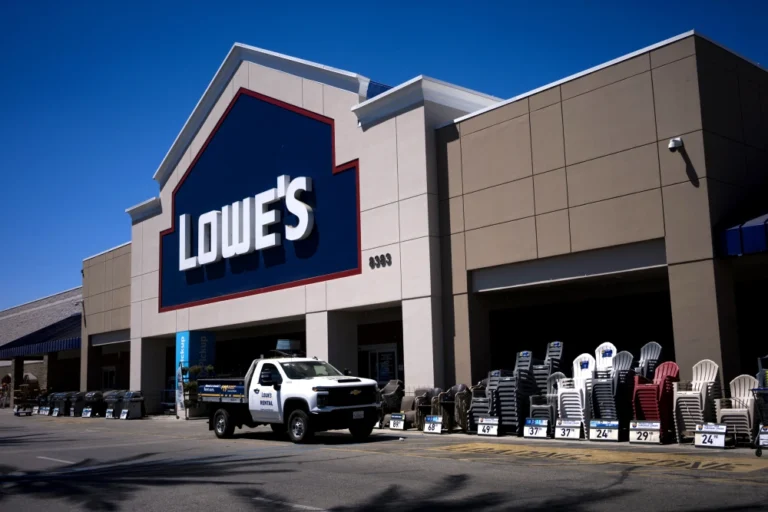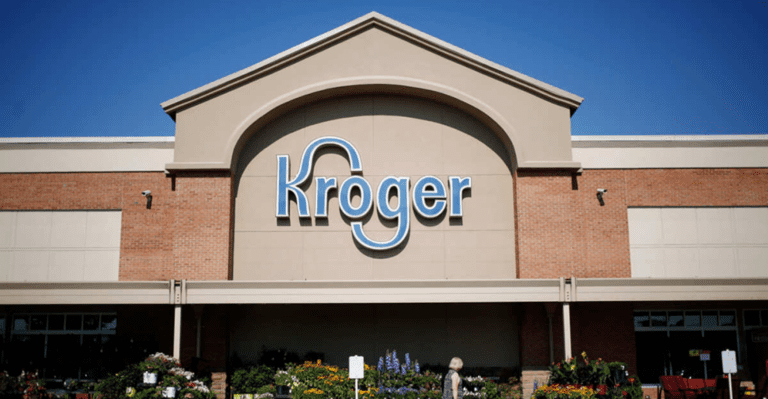Consumer Goods Hub
Everything your brand needs to know to grow your sales
Everything a consumer brand needs to grow: sales channels, retail partnerships, eCommerce, omnichannel strategy, and operational playbooks — no fluff.
August 13, 2025
post
- Data, Sales & Performance, Supply Chain
Shelf Life Podcast
Expert Voices from the Consumer Goods Industry
July 1, 2025
- Data, Ecommerce, Retailers, Sales & Performance, Supply Chain
May 26, 2025
- Retailers, Sales & Performance
March 12, 2025
- Data, Supply Chain
February 8, 2025
- Data, Supply Chain
February 7, 2025
- Data, Supply Chain
January 28, 2025
- Data, Supply Chain
December 18, 2024
- Supply Chain
September 13, 2024
- Data, Retailers, Supply Chain
October 4, 2023
- Data, News and Trends, Supply Chain
September 27, 2022
- Data
































